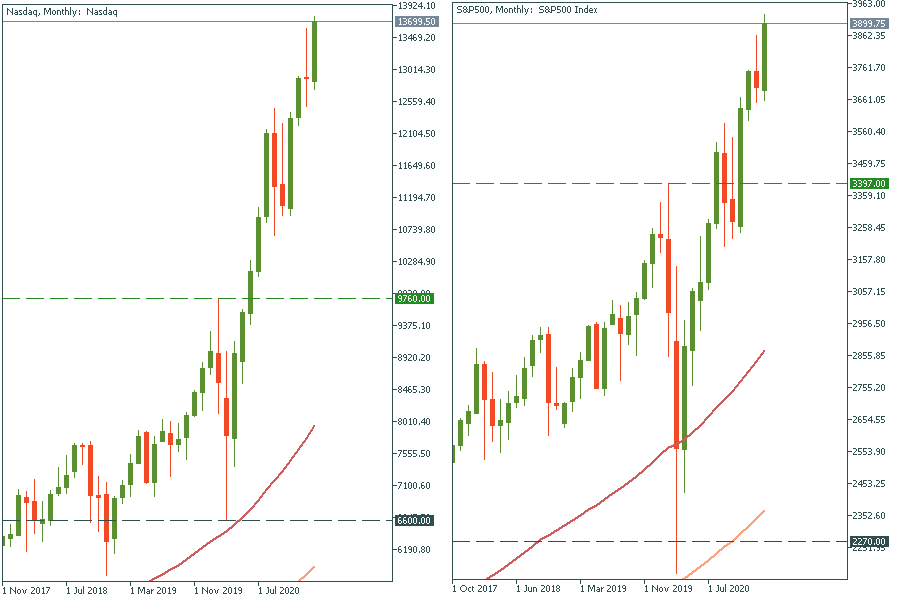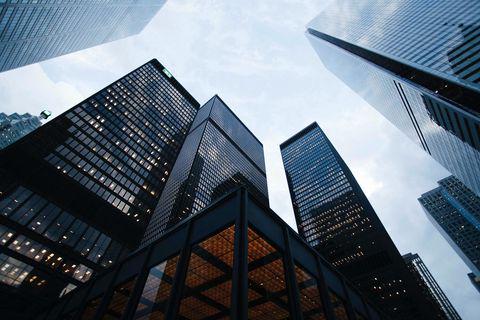
The G20 summit took place in Bali, Indonesia, on November 2022…
For a seamless experience, click “Redirect me.”

Don’t waste your time – keep track of how NFP affects the US dollar!
Data Collection Notice
We maintain a record of your data to run this website. By clicking the button, you agree to our Privacy Policy.

Beginner Forex Book
Your ultimate guide through the world of trading.
Check Your Inbox!
In our email, you will find the Forex 101 book. Just tap the button to get it!
Risk warning: ᏟᖴᎠs are complex instruments and come with a high risk of losing money rapidly due to leverage.
71.43% of retail investor accounts lose money when trading ᏟᖴᎠs with this provider.
You should consider whether you understand how ᏟᖴᎠs work and whether you can afford to take the high risk of losing your money.
Information is not investment advice
If we look back at the previous year, we will remember the amount of fear that gripped us when the black swan, Covid-19, appeared. It was especially visible in the performance of the US stock market. In February, S&P500 dropped from the all-time high at $3 397 to the levels around $2 270. At the same time, NASDAQ corrected by 32% from the high of $9 760. While market newbies were affected by this storm, smart people started to "buy the dips" and await further momentum. The market did not make them wait forever. After the Fed and other major central banks began to pump cash into the economy and implement loose monetary policy, the demand for the risky assets increased. As a result, the indexes retested their highest levels in the middle of 2020. The end of the year was driven by the optimistic news on vaccine distribution and the US election's outcome. Since then, S&P and NASDAQ have been reaching new peaks almost every month.
As natural as it is, a bullish market attracts everyone. However, if you are familiar with Benjamin Graham’s works, you know how dangerous the market euphoria is. The worrying signals have already appeared. According to Bloomberg, an average of 15.8 billion shares have traded daily over the past 20 days. This is the highest spike in volatility since last year's sell-off at the start of the pandemic. Some people see this market frenzy as speculation that does not have any fundamental bias. So, what should we expect: a crash of the market or just a short-term correction?

Most analysts don't expect a pop of the market bubble soon, but they confirm that a 10-20% correction to the current highs is an inevitable scenario. They note that the current bullish ride is driven by earnings growth, which is torn off market-based fundamentals. Additionally, vaccine-related optimism may lead central banks to monetary policy tightening, limiting cash in the economy. However, the chances of this event happening soon are very low.
The Bank of America expects a 5-10% correction as soon as in April. According to the bank, investors should not be afraid of the slump, as it will provide a buying opportunity. Analysts from Jefferies Group have a similar opinion. They anticipate 2021 to be “at best a flat year” for stocks.
A long-term trader may wait for the correction to buy cheaper stocks and indices. If you are a swing trader or an intraday trader, then you just need to stay calm, follow the daily news, track risk sentiment, and don't forget about money management. This way, market swings won't affect you.

The G20 summit took place in Bali, Indonesia, on November 2022…

The deafening news shocked the whole world yesterday: the British Queen Elizabeth II died peacefully at the age of 96…

After months of pressure from the White House, Saudi Arabia relented and agreed with other OPEC+ members to increase production.

eurusd-is-falling-what-to-expect-from-the-future-price-movement

Greetings, fellow forex traders! Exciting news for those with an eye on the Australian market - the upcoming interest rate decision could be good news for Aussies looking to refinance or take out new loans. The Mortgage and Finance Association Australia CEO, Anja Pannek, has...

Hold onto your hats, folks! The Japanese yen took a nosedive after the Bank of Japan (BOJ) left its ultra-loose policy settings unchanged, including its closely watched yield curve control (YCC) policy. But wait, there's more! The BOJ also removed its forward guidance, which had previously pledged to keep interest rates at current or lower levels. So, what's the scoop? Market expectations had been subdued going into the meeting, but some were still hoping for tweaks to the forward guidance to prepare for an eventual exit from the bank's massive stimulus
Your request is accepted.
We will call you at the time interval that you chose
Next callback request for this phone number will be available in 00:30:00
If you have an urgent issue please contact us via
Live chat
Internal error. Please try again later